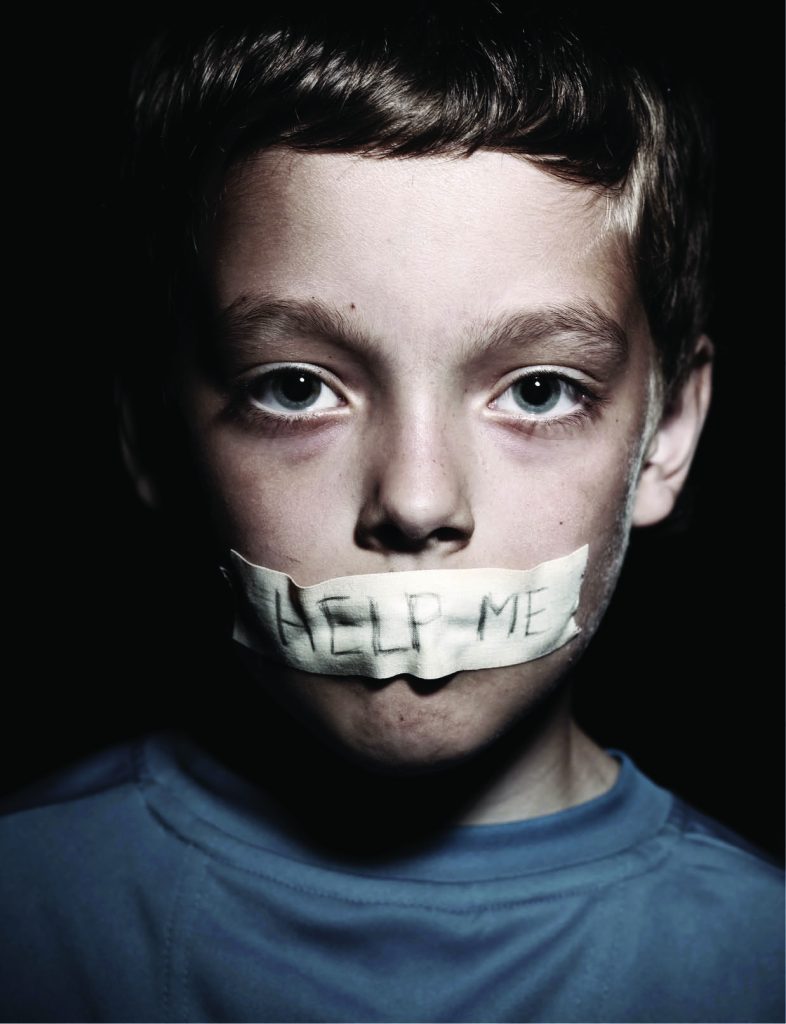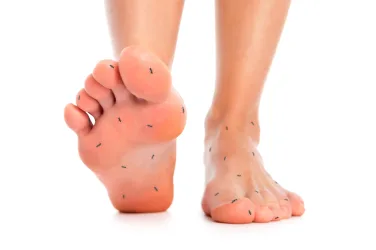 How well do we really know them?
How well do we really know them?
Where does your mind go when you hear the word “teenager?” How about “emerging adult?” What is your first reaction, your initial instinct, to what drives them, what they need, and who they are?
If you are typical, the answer may begin with an appreciation for someone you know or have observed, but on the whole you may discover a general sense of everything from concern to frustration.
As a person who has spent a lifetime trying to get at how the journey of growing up has changed for young people, I see more than ever why adults are confused. We think we have given them everything they want, and yet they still want more! They have more access to information, tutoring, coaching, exposure, leisure and “stuff” than any generation in history. And yet they still seem to constantly struggle, long for something different, often seem “whiney,” and act as though they want to get the best of life without having to go through the motions “we went through.”
“The adolescent community is a creation by default, an amorphous grouping of young people that constitutes the world in which adolescents spend their time.”
Patricia Hersch, A Tribe Apart
Teenagers and young adults today are often considered to be more coddled and yet more dissatisfied than their parents and grandparents. Some of the comments that are often thrown around:
- “I think it’s easier for kids today. They’re spoiled, they’re entitled; that’s their problem.”
- “There’s no respect anymore, and kids don’t seem to care about anybody but themselves.”
- “Teenagers have never had it easier—they’ve got more money than we did, more freedom, more options, and yet they are more defiant and more arrogant than we were.”
It is no wonder employers, teachers, coaches and parents tend to throw up their arms in exasperation and ask, “What gives with this new generation?”
The problem? They are hurt.
For most adults, this is an audacious if not fantastical statement. How can they possibly be hurt? How can a generation who has been more supported, encouraged, enabled and chauffeured than ever be described as “hurt?”
It is simple, actually. We have given them everything we have thought they wanted, but we haven’t given them ourselves.
“Lately, I’ve realized how very much of a child I am. I have so much to learn, so much desire for consistency, and a great need for a happy, secure place I can call my home. I am not a child; I am much younger than that.”
– an anonymous note from a high school senior
That is the great disconnect between adults and emerging generations: what young people today need from adult society, and in fact have always needed, is a blend of careful nurture and extravagant empowerment. They need to know that there are people who care and are present for them. We call this the need for “social capital,” that is essentially people who are invested in someone for the long haul without expecting anything in return. As Robert D. Putnam’s new book title proclaims, Our kids: The American Dream in Crisis.
Hurt 2.0: Inside the World of Today’s Teenagers
I’ve spent the last decade studying teenagers and emerging adults. As a result I have come to believe that adults understand very little of the inner life of young people. What our research has discovered can be summarized as follows:
- Most adults know that things are different for today’s adolescents, but they hold on to rhetoric and attitudes that support the fantasy that little has changed, while at the same time essentially blaming the young for being who they are.
- Researchers are divided over what is different in today’s world that impacts the young, but little work has been done to “sit on the steps” of adolescents’ lives and world to get a glimpse of what they have to say (so that’s what I did).
- While we have known for decades that young people need adults to help them to grow up, we have addressed that need by creating institutions and programs to do it, and have therefore subjected them to conditional relationships built on performance and conformity. This has in fact backfired, creating a labyrinth of expectations and agendas we push kids through “for their best” while subjecting them to constant demands on their time, energy, and skill, but leaving little room for failure, exploration, or ownership of their own journey. We have, in essence, “abandoned” our kids even while meaning to work hard to help them. Today’s young people are under intense stress with few outlets simply because of the need to constantly adapt to the multilayered expectations of the adults that they now must serve. As sociologist Paul Willis observes, “For young people, passing through adolescence means that they are in one way or another marginalized.”
- From the time we are quite young, we are “hurried,” as psychologist David Elkind puts it. In the midst of the frantic pace to keep up in the competitive world of contemporary culture, by the time we become teenagers we find that the only people we feel we can trust to care for us without an agenda are our peers. In the “world beneath” the surface of our lives, teenagers and young adults create a social system of mutual self-protection, where loyalty to peers means that we at least feel like we have advocates to lean on. Unfortunately, even though these “friendship clusters” become our most cherished support group, the social rules dictate avoiding conflict and not bringing others “down” by looking to these friends to ease our sadness, loneliness, or more destructive temptations and choices. Thus, without question, this is the loneliest and most stressed generation in history.
- In the midst of this never-ending treadmill of performance, young people are desperate for an adult who cares. Certainly, some adolescents have been so wounded that rebuilding trust may appear almost insurmountable. Yet those who come alongside them with tenderness and respect will testify that even the hardest young soul cries out for someone who authentically cares.
Our response? Take time to be there for kids
On the surface, the adolescent world can appear to be relatively stable and healthy, if frantic and entitled. Yet beneath these predictable waters there is a more constant reality: life is difficult, confusing, lonely, and even destructive to our young. How we respond can mean everything. A kind word, an honest non-judgmental question, and a caring silence can go a long way to reassuring a young person that they are not, in fact, alone, and that someone does indeed care.
Next time someone asks you what you think of teenagers, maybe you can simply tell them: I love them; what’s not to love?
By Chap Clark, PhD










